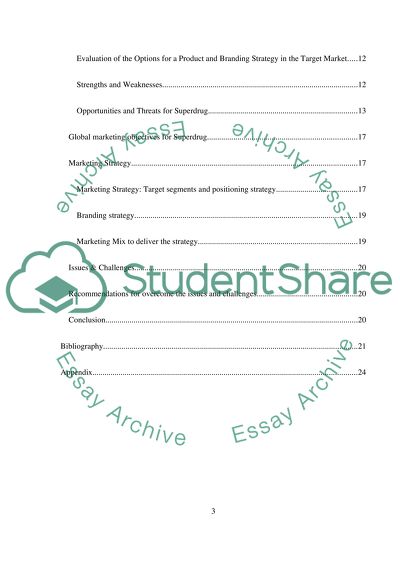Cite this document
(“Global marketing strategy and product launch: Superdrug to India Essay”, n.d.)
Retrieved from https://studentshare.org/marketing/1396639-global-marketing-strategy-and-product-launch
Retrieved from https://studentshare.org/marketing/1396639-global-marketing-strategy-and-product-launch
(Global Marketing Strategy and Product Launch: Superdrug to India Essay)
https://studentshare.org/marketing/1396639-global-marketing-strategy-and-product-launch.
https://studentshare.org/marketing/1396639-global-marketing-strategy-and-product-launch.
“Global Marketing Strategy and Product Launch: Superdrug to India Essay”, n.d. https://studentshare.org/marketing/1396639-global-marketing-strategy-and-product-launch.


